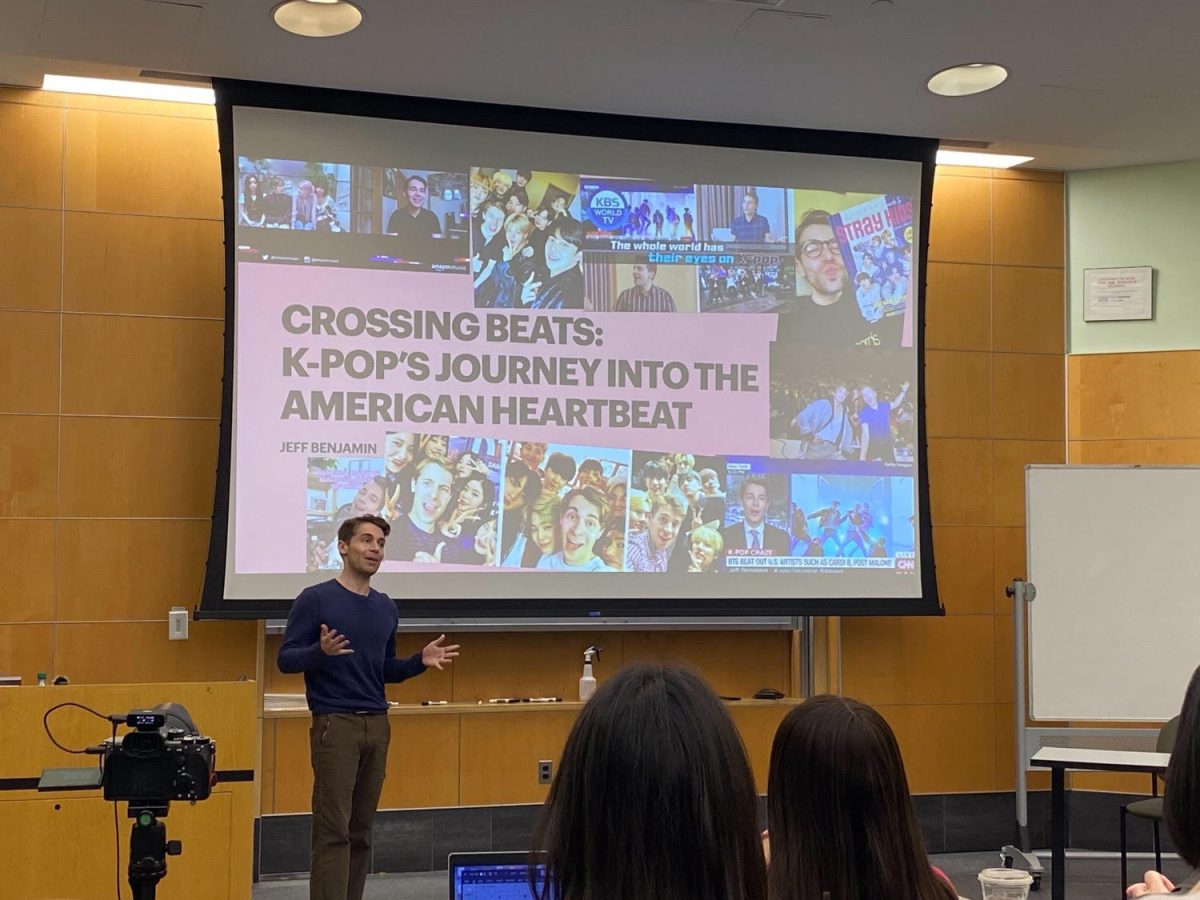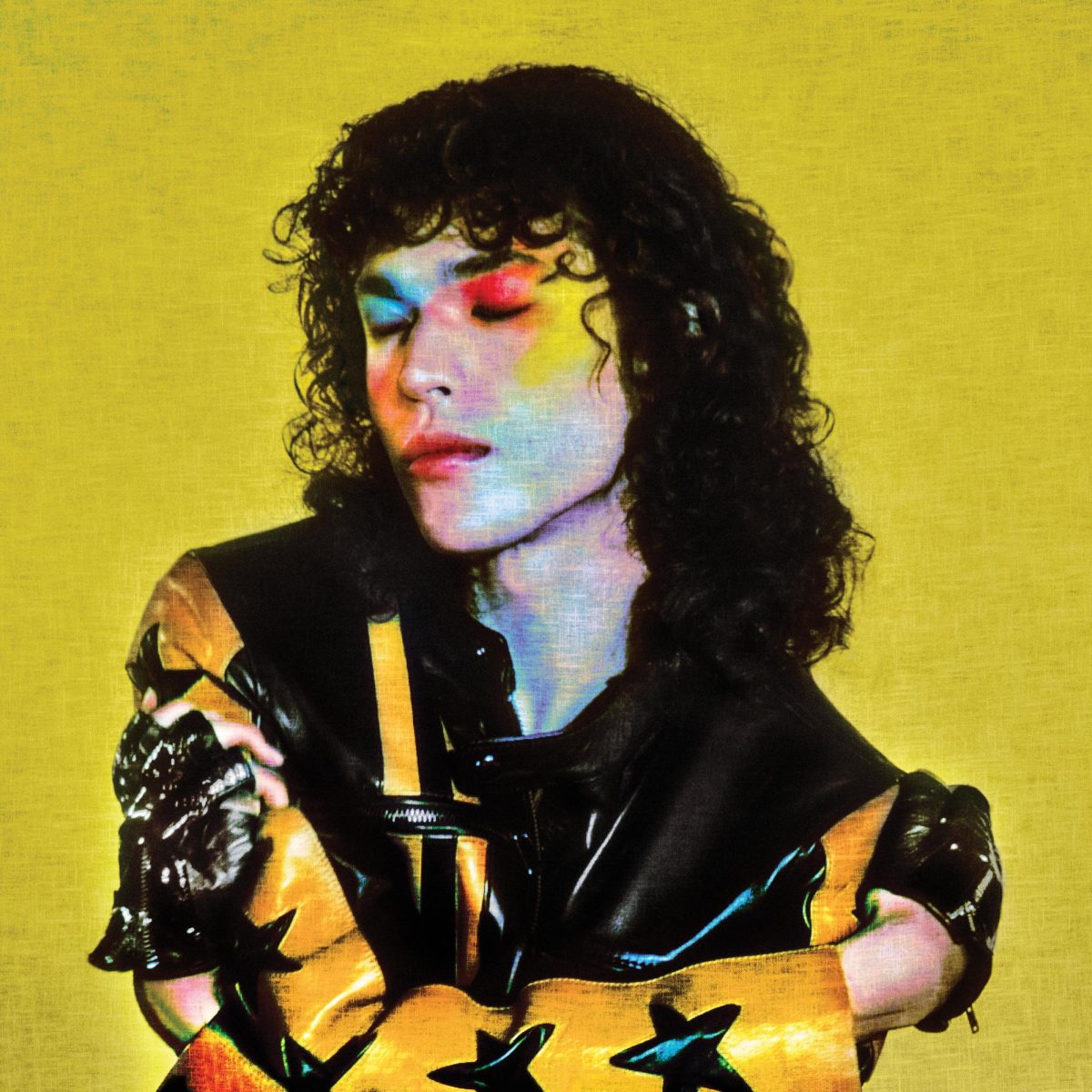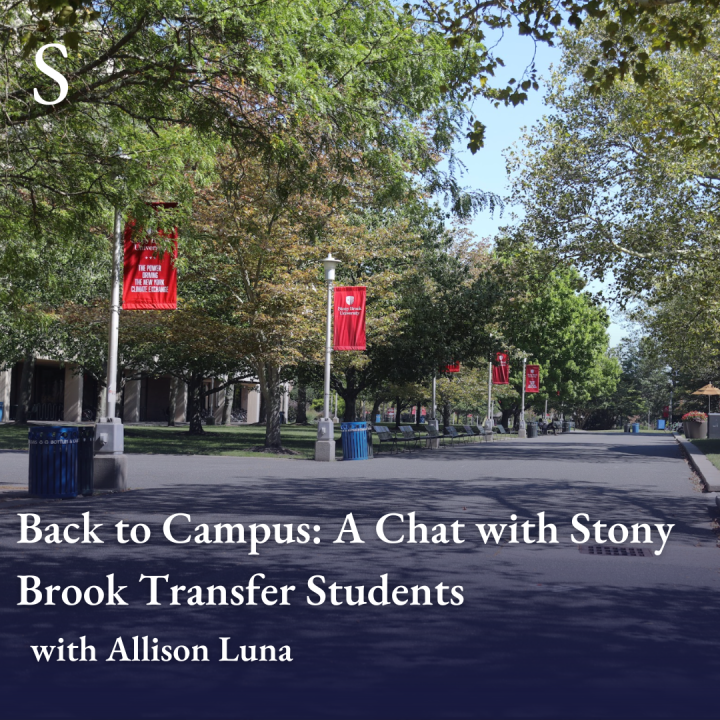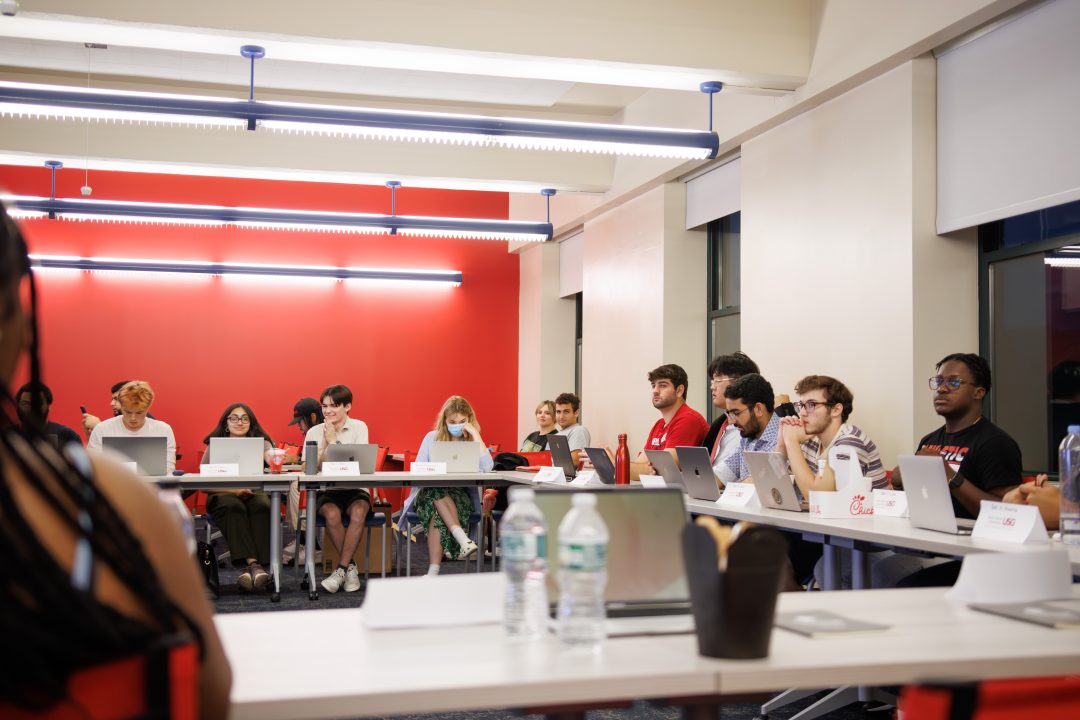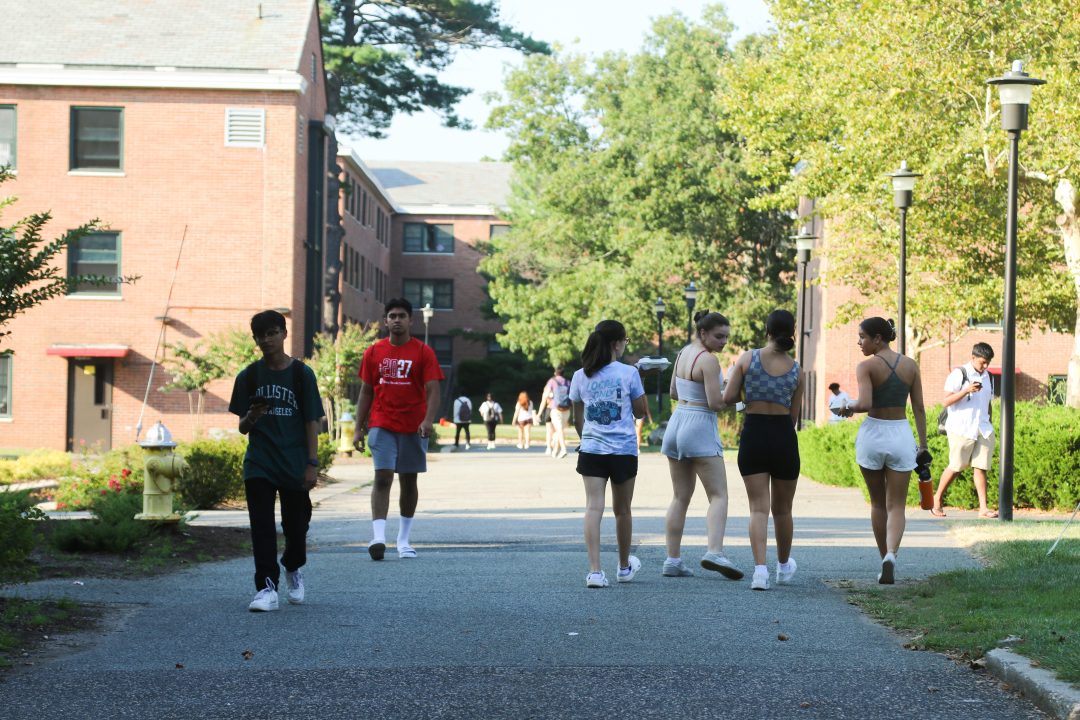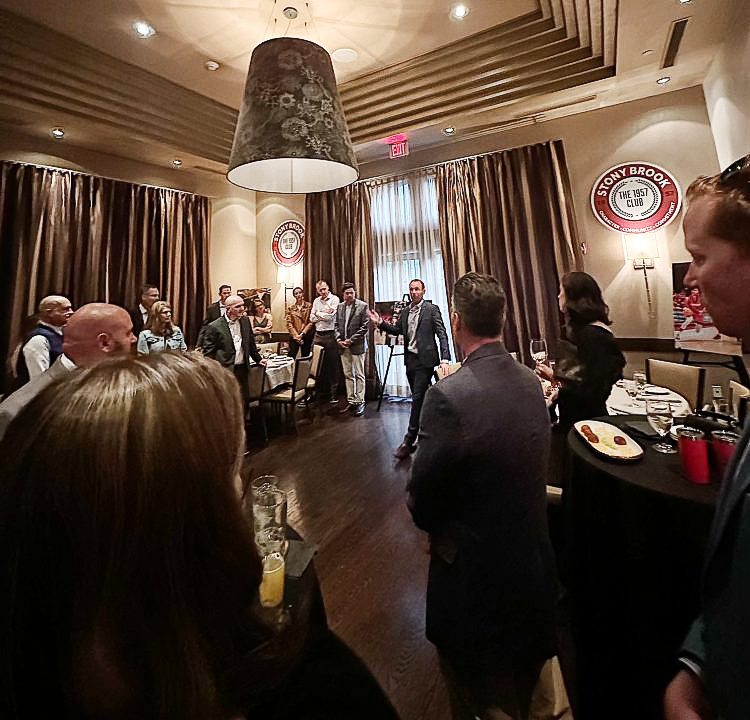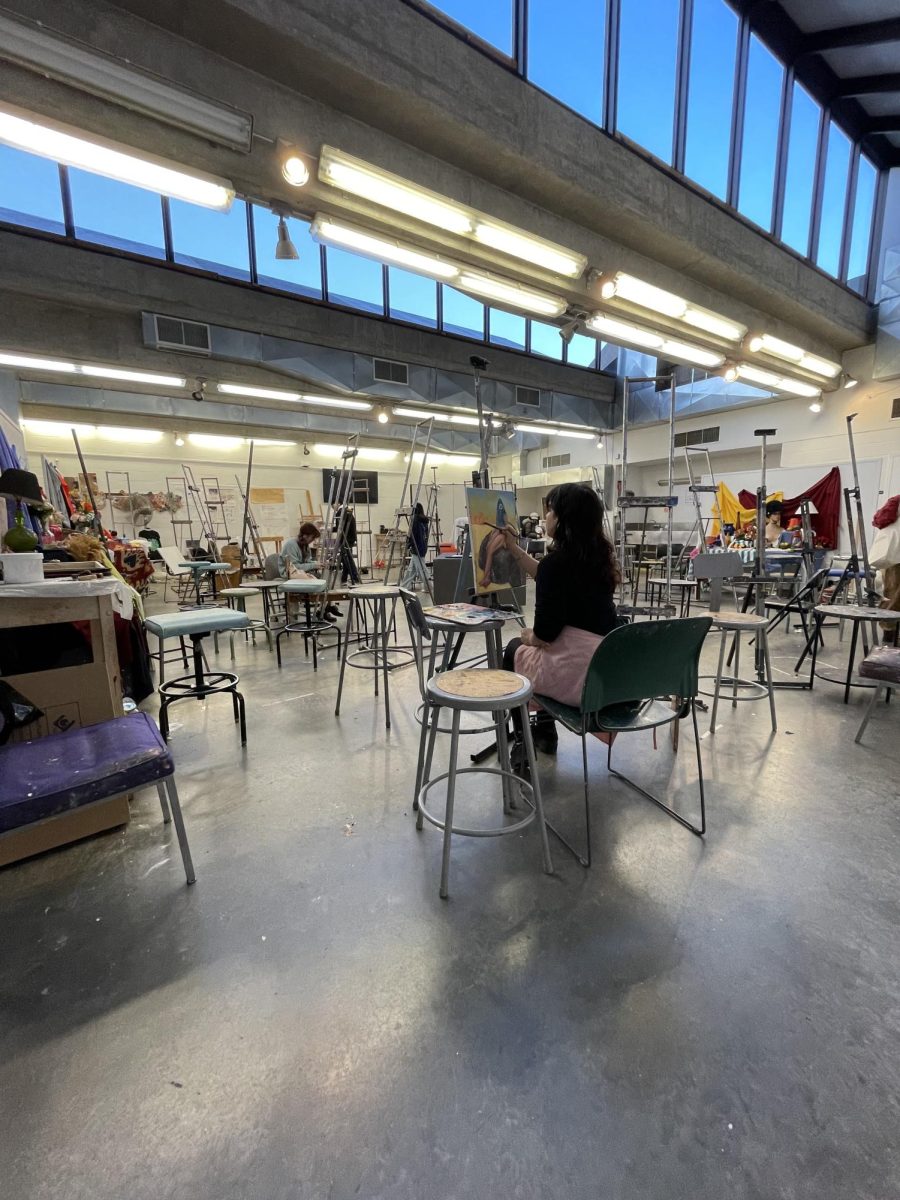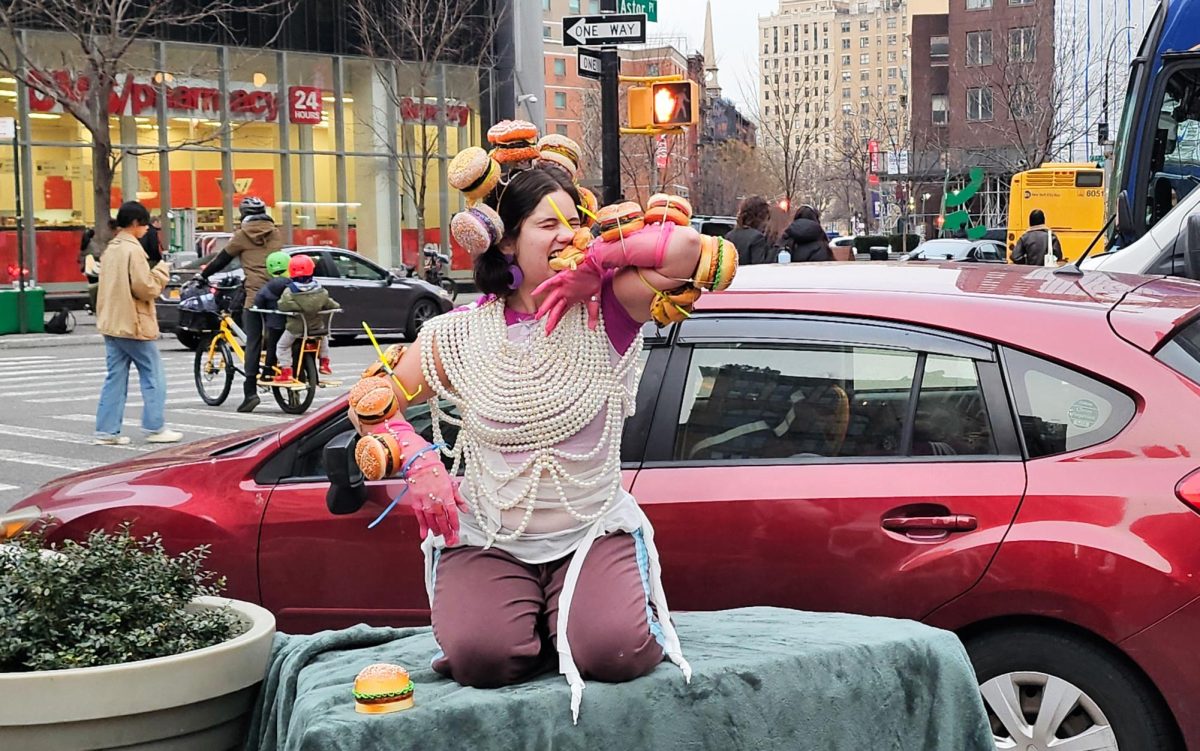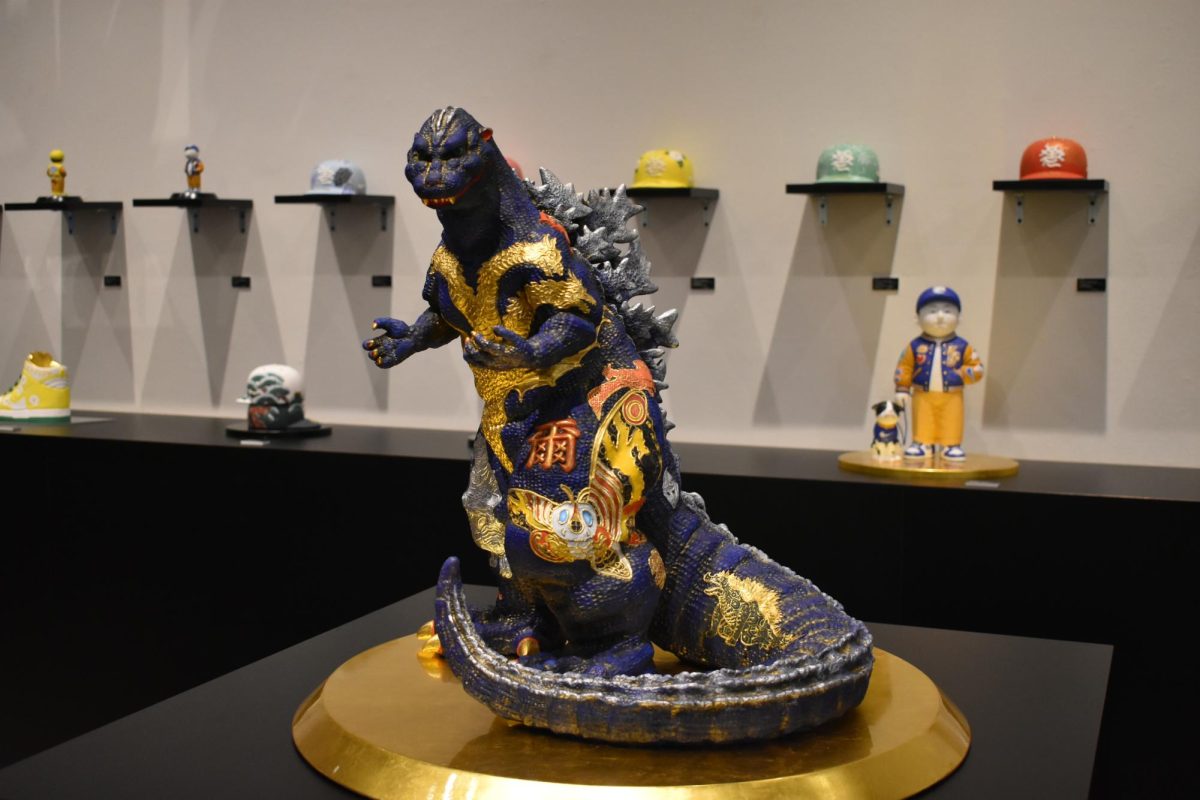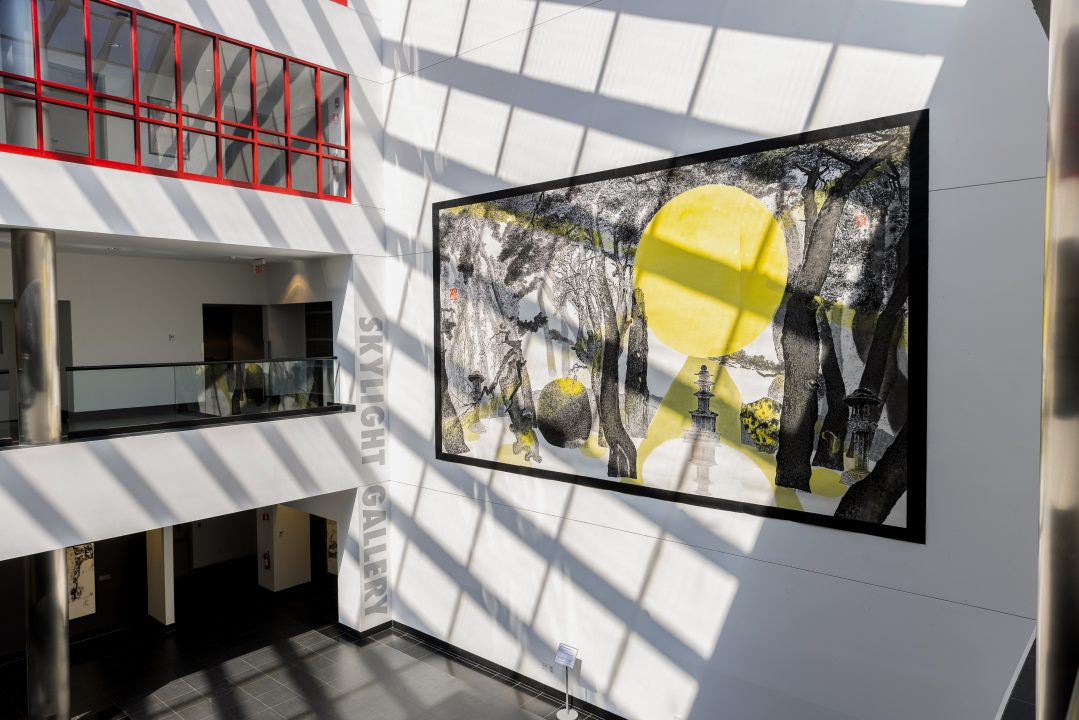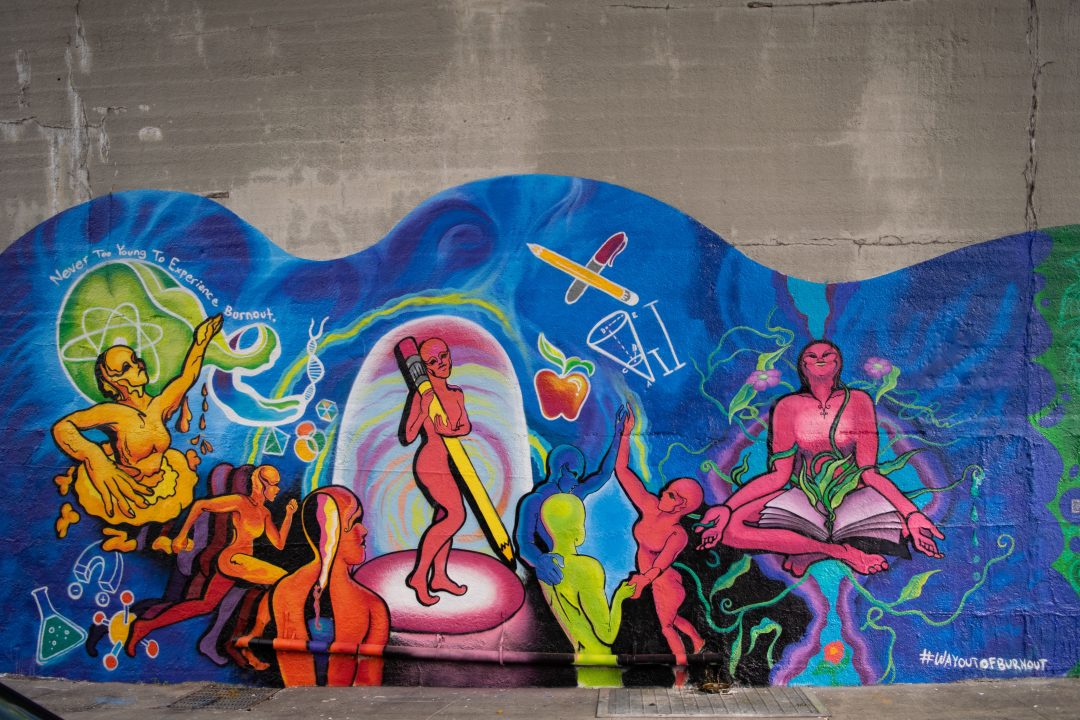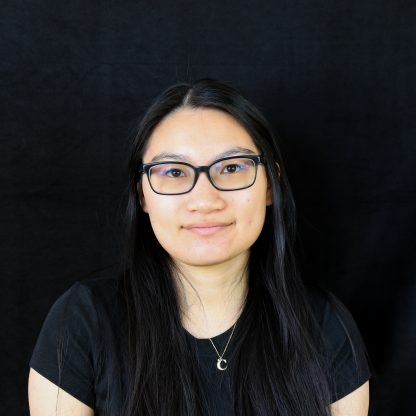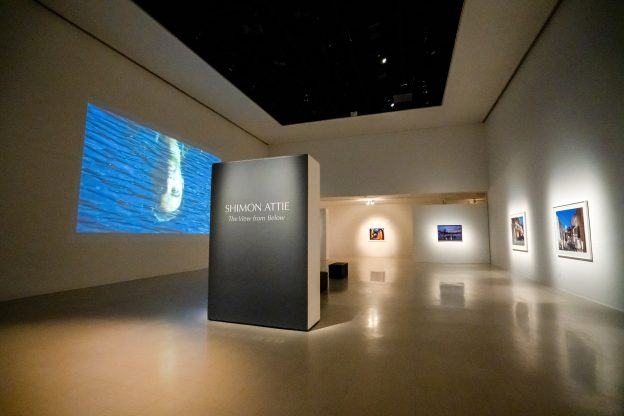
The Paul W. Zuccaire Gallery introduced a new exhibition running from July 20 to Oct. 21 titled “The View from Below,” dedicated to internationally-acclaimed visual artist Shimon Attie. With a focus on celebrating diverse cultural and ethnic identities, Attie’s site-specific monumental media installations merge geography, history and memory through his captivating large-scale video and photography art.
The exhibition serves as a retrospective, showcasing Attie’s six most significant works spanning the last 25 years.
Attie’s art explores the impact of contemporary media that reshapes and reimagines new relationships between place, memory and identity. The exhibition also touches on other ongoing explorations such as migration and displacement since he engages local communities previously persecuted, displaced or traumatized, weaving together history and memory.
Curated by Karen Levitov, director of the Zuccaire Gallery, “The View From Below” has received support from many well-regarded contributors, including the Paul W. Zuccaire Foundation, the Friends of Staller Center, the Humanities Institute at Stony Brook and the Pollock-Krasner House.
Attie’s immersive exhibition features a series of video portraits that draw from his previous projects, including “The View from Below” (2021), “Night Watch” (2018), “The Crossing” (2017), “The History of Another” (2003), “Between Dreams and History” (1998) and “Portraits of Exile” (1995).
The exhibit opens with the titular collection “The View From Below” presented through a single-channel video with sound. This three minute and 20-second video series captures the reflections of individuals’ faces in water, serving as a symbol of historical and contemporary migration experiences as it includes the faces of twelve people who were granted asylum in the United States. The individuals arrived from Nigeria, Honduras, Columbia, Russia, Kazakhstan, Jamaica and Peru.
“A number of Shimon Attie’s projects show individuals reflected in water,” Levitov said. “Some of these individuals were forced to flee their home countries due to war, political situations or persecution because they are members of the LGBTQ community; some of have been granted asylum.”
The gallery hosted an artist talk by Attie on Wednesday, Sept. 20, followed by a reception which included light refreshments and small bites.
Levitov highlights the inspiration behind bringing this exhibition to life at the Zuccaire Gallery, citing the Stony Brook University community itself as a contributor. She describes how visitors are transported to a new state of mind as they enter the gallery with dim lighting, a large video projector on the wall spotlighting large photographs. The sound of water envelops the gallery, creating an immersive experience for visitors.
Additionally, the gallery’s two opposing walls have a video projection, allowing visitors to position themselves in the middle and listen to the water gently splashing against a boat. In a dimly lit side gallery, a large video presentation shows people gathered around a black and green roulette wheel.
Levitov said that the clapping sound of the spinning wheel was “very powerful.” Since viewers engage with the different projects, they can reflect on their individual and historical perceptions of migration.
After previously showcasing Attie’s work in solo and group exhibitions in museums and galleries around the globe, including New York, Boston and Paris, he was appointed as the Inaugural Bergman Visiting Professor of Studio Art at Stony Brook in 2020. Levitov explained that this accomplishment gave her the opportunity to reconnect with the world-renowned artist before beginning to explore the possibility of a solo exhibition for his artwork.
With a focus on individual narratives of immigration and refugee experiences, Attie’s commitment to supporting people in need is evident in his artwork.
“I tend to respond to the issues that I care most deeply about, and I don’t think that I’ll start caring less about helping those that are most in need,” Attie said in an interview with PBS NewsHour in December 2021.
One of Attie’s notable works featured in the exhibition is the silent short film “Night Watch” which places New York’s refugees and asylum seekers at the forefront. Featuring a 20-foot-wide by 12-foot-tall LED screen, it embarks on a journey through New York City’s waterways, traveling atop a sizable, unhurried barge and tugboat in the Hudson and East Rivers. The waterways are essentially safe havens used as rescue and escape for LGBTQ+ community members and unaccompanied minors.
“I hope that visitors to the gallery take a moment to reflect on the layering of history, geography and memory and the individuals who bring these ideas across the world and across communities,” Levitov said.
“The View From Below” is open to visitors from Monday to Friday between 12 p.m. and 4 p.m. in the Zuccaire Gallery on the first floor of the Staller Center. The exhibition will end on Saturday, Oct. 21.







